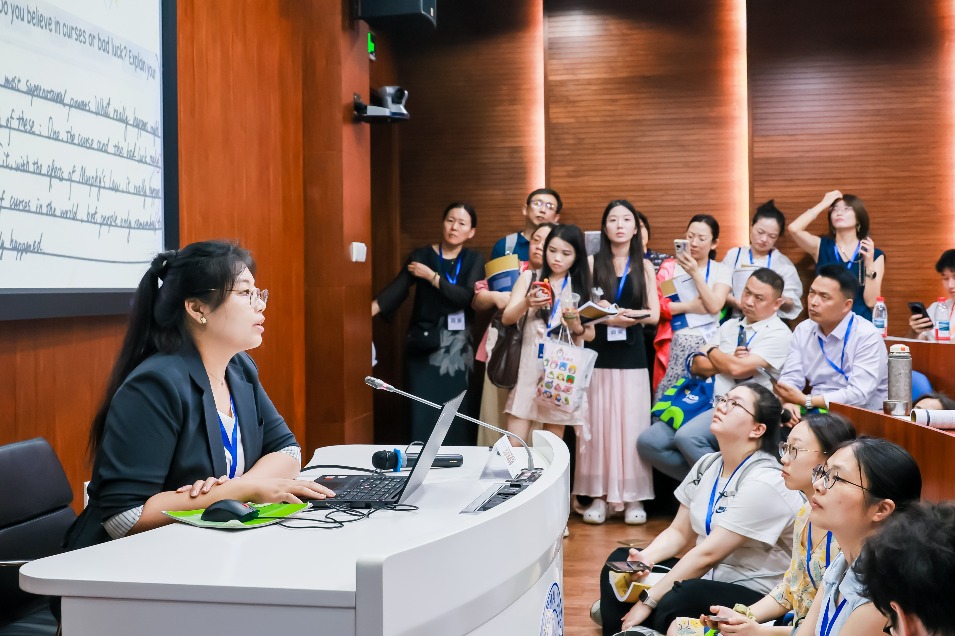Building the foundations of excellence
Famous architectural family remembered and honored in village they came from, Yang Feiyue reports.

Tucked away inside an ancient alley near the entrance of Xinzhuang village, the ancestral home of the prominent Lei family has been restored and turned into a museum that vividly recounts their tales.
The Leis were a clan of architects that prospered during the Qing Dynasty (1644-1911). Many of their members once worked as chief architects for the Qing court and designed buildings which are now world cultural heritage sites, including the Summer Palace in Beijing and the Mountain Resort in Chengde, Hebei province.
The style they created is known today as Yangshi Lei. Yangshi means "model", and the architects of the Lei family always made architectural models of their projects on a scale of 1/100 or 1/200. When they were approved, construction would start, hence, the style was known as Yangshi Lei.
Upon entering the village in Yongxiu county, in the north of Jiangxi province, visitors are first greeted by two signs shaped like cross-sections of a tree trunk that immediately inform them of the village's status as the home of Yangshi Lei and the family's stories.
Moving deeper along the winding streets of the village, the ancestral home of the Lei family inadvertently emerges, setting itself apart from the other rural abodes with its black tiles, ancient bricks, and exquisite carvings.
"We've been strictly following the requirement of protection first and then restoring as the original, and have put in more than 10 million yuan ($1.38 million) for the renovation of the ancestral home of Yangshi Lei," says Qin Ling, Party secretary of Yongxiu.
Classic Yangshi Lei models made of nanmu (timber from the fragrant Chinese native tree, Phoebe zhennan) are on display, enabling visitors to appreciate up close their ingenious design and structure.
The ancestral home renovation is part of the local authorities' efforts to promote the cultural heritage of Yangshi Lei.
At the same time, Yangshi Lei culture research and development classes have been rolled out to allow the public to better appreciate its wisdom and charm, Qin says.
This local drive has recently been picked up by the National Library of China and scholars and experts nationwide, who gathered in Yongxiu to explore the significance and use of Yangshi Lei imperial architecture at a seminar in mid-April.
As an important archive of heritage, Yangshi Lei architectural records showcase ancient Chinese architectural design concepts and methods, experts say.
The Yangshi Lei style incorporates the wisdom of ancient Chinese architecture, experts say. It advocates the concept of leaving sufficient intervals between the front and back buildings of a project to increase the sense of space and ventilation. It thus reflects a harmonious dialogue between the architects and the environment.
Additionally, Yangshi Lei architecture emphasizes symmetry and coordination, embodying centrality while forming a unified yet hierarchical whole.
The Lei family used precise design drawings and three-dimensional models that were made from simple materials like cardboard, straw, and wood, illustrating detailed architectural elements and internal structures.
In the later period of the Qing Dynasty, some Western elements were integrated into Yangshi Lei architecture, especially in buildings like Yuanmingyuan (Old Summer Palace).
Zhang Zhiqing, deputy director of the national library, says that from the day a collection of Yangshi Lei drawings and models entered the library, it has been aware of their significance to the architecture history of China.
Ever since, the library has made its Yangshi Lei archives a special collection and continues to supplement it.
There are more than 20,000 extant drawings and files, and the National Library of China is holding approximately 15,000, accounting for three-quarters of the total.
Bai Hongye, a researcher from the national library's ancient books division, says that eight generations and dozens of individuals from the family served in the Qing Dynasty's architectural design office over the course of more than 240 years.
"Many of them held positions as chief architects, overseeing royal construction projects, and making outstanding contributions to architectural skill and craftsmanship," Bai says.
Yangshi Lei archives include architectural drawings, textual records, and three-dimensional models of construction projects, she explains.
In addition to the collection in the national library, others have been preserved mostly at the Palace Museum, the National Museum of China, and institutes of higher learning in China and abroad. In 2007, Yangshi Lei Archives were included in the UNESCO Memory of the World.
Bai says it's important to clarify the significance of the archives before starting to study them.
First, they provide a real and complete representation of the design and construction process of Qing Dynasty architecture, offering firsthand information on various aspects of traditional Chinese architecture from that period, Bai says.
"Undoubtedly, the best means of studying ancient Chinese architecture today is through the examination of the well-preserved ancient buildings themselves. However, buildings represent the final product, and we cannot understand the construction process simply by observing the architecture," she says.
Yangshi Lei drawings and files, on the other hand, document the process of building, the evolution of history, and even record communications and exchanges among personnel at all levels, and embody the architectural philosophy and ideas of ancient people, she explains.
"They thus serve as irreplaceable original architectural records that complement physical structures and other documents," she says.
Second, the Yangshi Lei archives are vivid, large-scale products of actual design and construction, representing traditional Chinese architectural manuscript materials, and provide important evidence of the history of ancient Chinese architecture and contribute to the world's architecture history, Bai adds.
Additionally, the archives also turn up family letters that record the daily work and life of ancient craftsmen, which Bai says reflect not only objective figures, events and facts, but also the sentiments of individuals.
The Lei family letters are unique historical materials entirely written by the craftsmen themselves, Bai says.
"By interpreting the content of these letters, one can uncover the simple yet precious spirit of ancient Chinese craftsmen," she adds.
Currently, the conservation and restoration of cultural relics in China is at a premium, and there are still many ways in which the archives can play a role, experts concurred at the seminar.
They can be used not only for the preservation and restoration of historical architectural relics but can also play a greater role in the development of cultural and creative products and in the promotion of culture and tourism.
Chen Chi, deputy curator of the memorial hall of the Chinese architecture society at Tsinghua University, points out that it's key to ensure the dissemination of the Yangshi Lei tradition through cultural identification.
Chen proposes a communication strategy which includes themed exhibitions, academic seminars, immersive experiences, and social media, to convey the cultural connotations and values of Yangshi Lei architecture to the public.
"Additionally, through integration with modern culture, such as the development of cultural and creative products, virtual architectural design, Yangshi Lei culture can be more closely aligned with contemporary society," Chen says.
The Palace Museum has staged various exhibitions, and other educational activities to impart the art and cultural essence of Yangshi Lei architecture to the public, and some local governments have turned historical Yangshi Lei structures into public cultural spaces, such as literary and art centers, which has also endeared the style to them, Chen says.
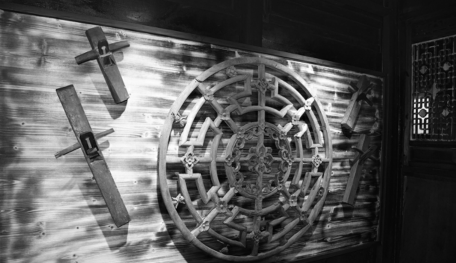

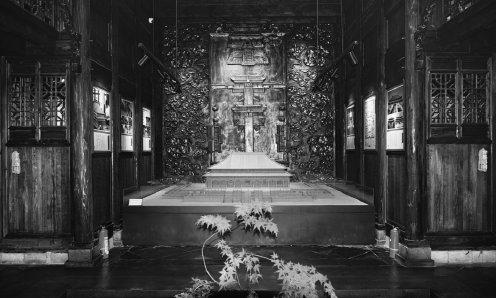
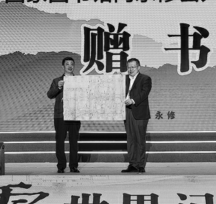

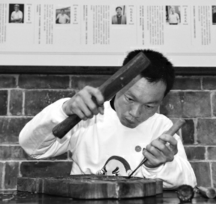
Today's Top News
- Thai army confirms ceasefire across all Thai-Cambodia border areas
- Nation's AI industry hailed as economic growth driver
- China launches national child subsidy program
- Xi urges all-out flood relief efforts
- UK asylum hotel protests spread to multiple cities
- Derailed German train 'probably hit landslide'























